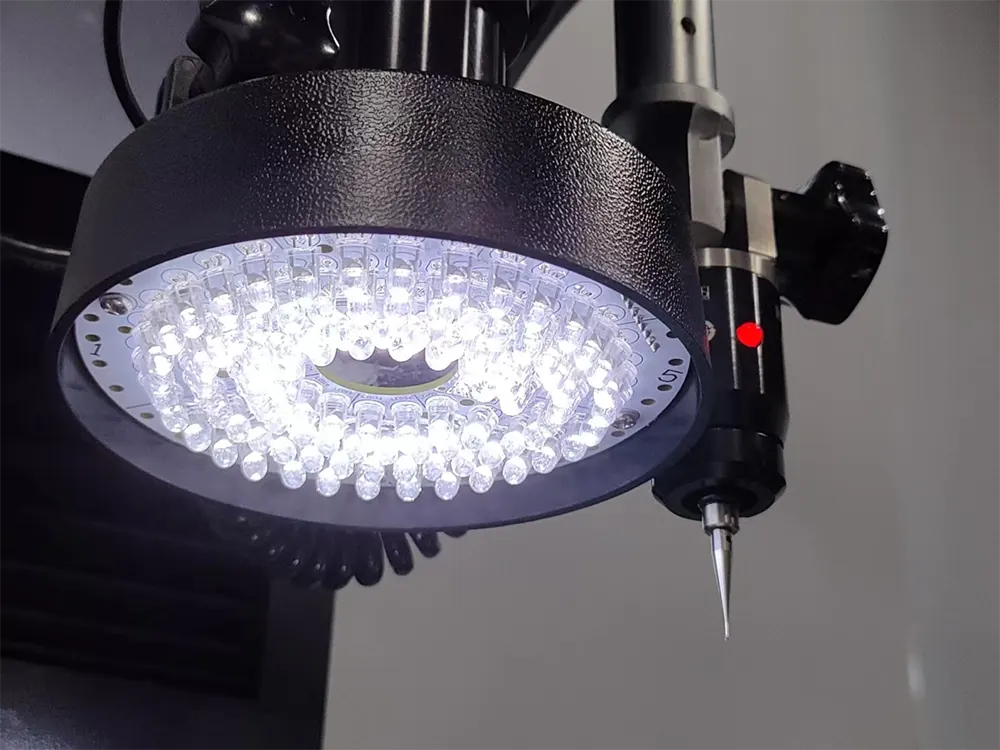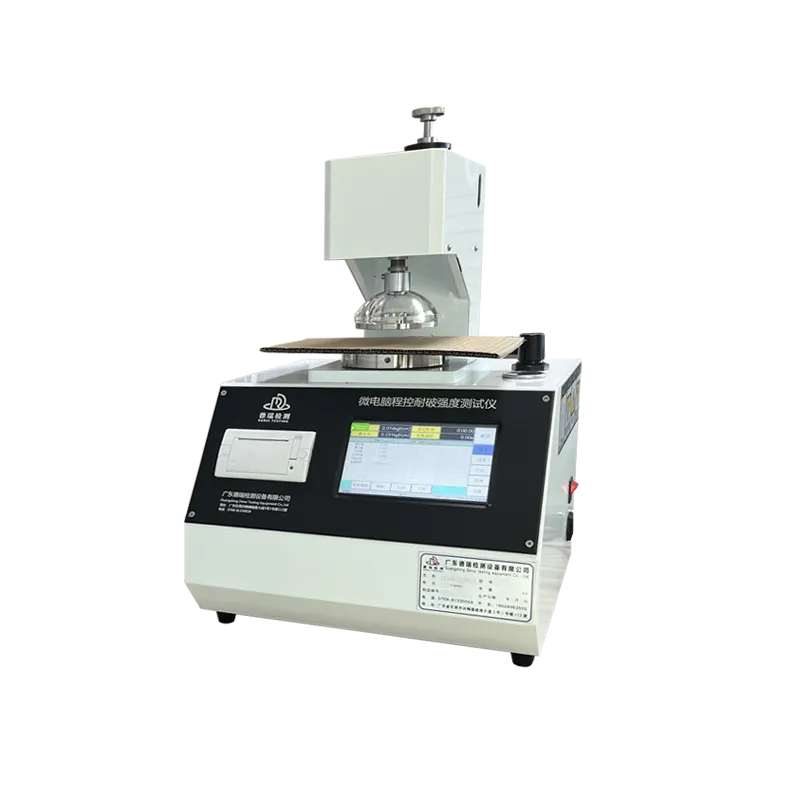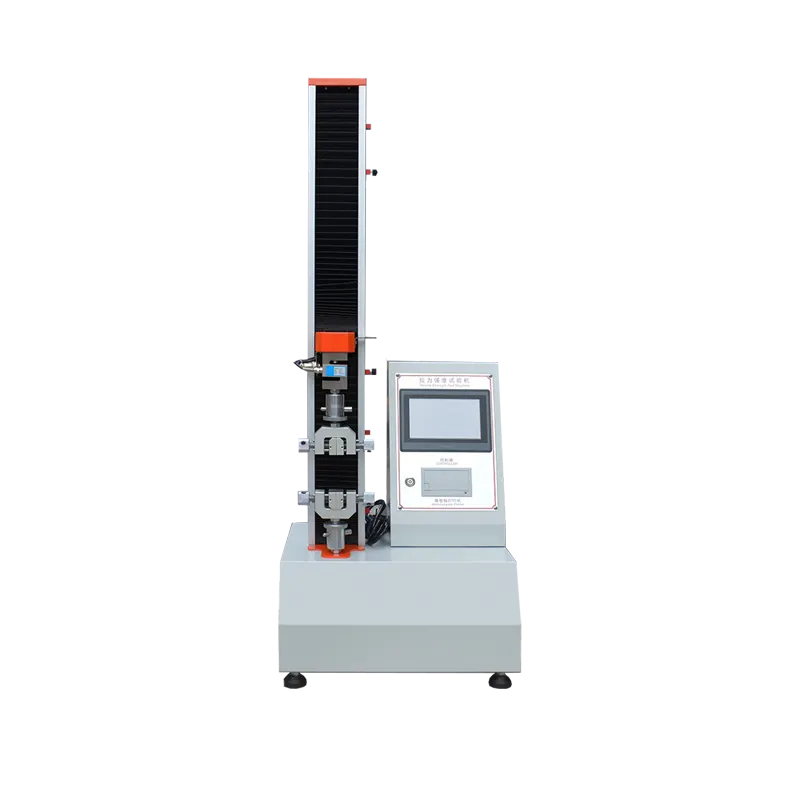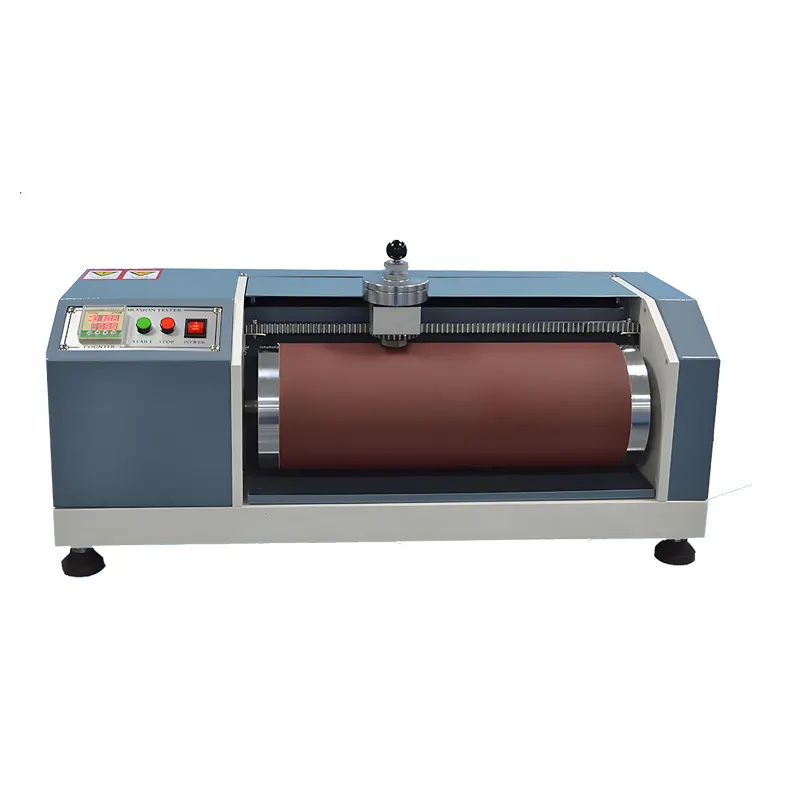If precision matters in your production line or quality control process, you’ve probably already heard about the power of a 2D video measuring machine. This technology is a game-changer for anyone needing fast, accurate, and non-contact measurements that streamline inspection and boost product reliability. In this guide, we’ll break down exactly what a 2D video measuring machine is, how it works, and why it might be the perfect fit for your manufacturing needs. Ready to level up your measurement game with leading-edge solutions from Derui? Let’s get started!
What is a 2D Video Measuring Machine
A 2D video measuring machine is a precision optical device used to measure the dimensions of flat or nearly flat objects with high accuracy and speed. It operates by capturing detailed images of an object through a high-resolution camera and processing these images to analyze edges, contours, and critical geometric features. This non-contact measurement technology is widely used in quality control and inspection across various industrial sectors.
Basic Working Principle
The core of the 2D video measuring system lies in its ability to visually capture an object and convert image data into precise measurements. It uses:
- A high-resolution CCD camera to capture clear images or video of the part.
- Controlled lighting to ensure object features stand out for accurate detection.
- A motorized or manual stage to position the object for full surface coverage.
- Intelligent software to process images, detect edges, and calculate dimensions.
Key Components of a 2D Video Measuring System
| Component | Function |
|---|---|
| Camera | Captures detailed images of the part |
| Lighting | Provides consistent illumination for clarity |
| Software | Processes images and performs measurements |
| Stage | Moves the object precisely under the camera |
Difference Between 2D, 3D, and Other Measurement Systems
- 2D Video Measuring Machines focus on planar measurements using optical imaging. They are ideal for flat or shallow parts needing fast, accurate inspection.
- 3D Measurement Systems use laser scanners, probes, or structured light to capture complex surface geometries and depth information.
- Coordinate Measuring Machines (CMM) use mechanical probes for tactile measurements, suited for 3D parts but often slower and more manual.
Choosing between these depends on your part complexity, measurement needs, speed, and budget. A 2D video measuring system is often the first choice for quick, reliable 2D inspections in electronics, automotive, and mechanical manufacturing.
How Does a 2D Video Measuring Machine Work

A 2D video measuring machine works by capturing clear, high-resolution images of the object using a camera, usually a high-quality CCD. The system lights up the part with controlled lighting to reduce shadows and highlight edges, which helps in precise image capture.
Once the image is captured, the software takes over. It processes the image by detecting edges and outlines of the object—this is called edge detection. The machine then maps these edges to coordinates using its calibrated stage, which moves the part or the camera to capture different views if needed.
The software algorithms step in to analyze the coordinate data. They calculate critical dimensions like length, width, diameter, angles, and more. Calibration is key here—it ensures that the measurements correspond accurately to real-world sizes by adjusting for any machine or lens distortions.
In short, the process involves:
- Capturing detailed video images
- Using lighting to enhance feature detection
- Detecting edges and shapes through image processing
- Mapping features into coordinates on a calibrated stage
- Calculating precise measurements with software algorithms
This combination of video capture, smart lighting, advanced software, and calibration makes 2D video measuring machines reliable for fast and accurate dimension inspection.
Advantages of Using a 2D Video Measuring Machine
Using a 2D video measuring machine offers several clear benefits, especially for quality control and precision measurement tasks in the U.S. market.
High accuracy and repeatability
These machines deliver precise, consistent measurements every time, making them dependable for critical inspections. You can trust the results, which helps maintain product quality without constant rechecks.
Non-contact measurement benefits
Because these systems use optical video measurement technology, they don’t physically touch the parts. This means no risk of damaging delicate or small components, which is a big advantage for industries like electronics or medical devices.
Fast inspection process with real-time results
Measurements are captured and processed quickly through automated 2D video inspection systems. This speeds up production lines and allows for immediate feedback, so you can catch issues early without slowing down operations.
Cost-effective compared to some alternatives
Compared to 3D video measuring machines and coordinate measuring machines (CMM), 2D systems often require less investment and maintenance. For many U.S. manufacturers, this balances precision and budget efficiently.
Ease of use and automation compatibility
User-friendly software and straightforward operation mean your team can get up to speed fast. Plus, many 2D video measuring machines can easily integrate with existing inspection workflows and automation setups, boosting overall productivity without a steep learning curve.
Key Features to Consider When Choosing a 2D Video Measuring Machine
Selecting the right 2D video measuring machine means focusing on features that match your needs. Here’s what to look for:
Resolution and Accuracy
- High-resolution cameras for clear image capture
- Measurement accuracy that meets your tolerance requirements
- Stable calibration for consistent results
Measurement Range and Stage Size
- Workspace size to fit your parts
- Stage travel that accommodates your inspection needs
- Smooth, precise movement for exact positioning
Lighting and Camera Quality
- Adjustable LED or coaxial lighting for sharp edge detection
- High-quality lenses and CCD cameras for detailed imaging
- Lighting that reduces glare and shadows
Software Functionality and User Interface
- Intuitive software that’s easy to learn and operate
- Features like auto edge detection, CAD comparison, and GD&T support
- Ability to customize measurement routines and reports
Integration With Manufacturing Workflows
- Compatibility with existing inspection and quality control systems
- Data export in common formats for traceability
- Options for automation to increase inspection speed
Support, Maintenance, and Training
- Reliable customer support and timely service
- Training programs to get your team up to speed
- Regular software updates and maintenance plans
Here’s a quick overview in table form:
| Feature | What to Look For |
|---|---|
| Resolution & Accuracy | High resolution, precise calibration |
| Measurement Range & Stage | Suitable stage size, smooth movement |
| Lighting & Camera Quality | Adjustable lighting, clear imaging |
| Software & UI | User-friendly, advanced measurement tools |
| Workflow Integration | Data export, automation capability |
| Support & Training | Responsive service, comprehensive training |
Choosing a machine with these features ensures you get reliable, accurate measurements that fit your production process and help improve quality control.
Typical Applications of 2D Video Measuring Machines
2D video measuring machines are widely used across various industries thanks to their precision and efficiency. Here are some of the main applications:
- Electronics and PCB InspectionThey help check printed circuit boards (PCBs) and electronic components for exact dimensions and alignment, ensuring quality control without damaging delicate parts.
- Automotive Component Quality ControlIn automotive manufacturing, these machines inspect small parts like gears, seals, and fasteners for accuracy, helping maintain strict safety and performance standards.
- Precision Mechanical Parts ManufacturingManufacturers use 2D optical measuring machines to verify dimensions of tiny mechanical components, keeping tolerances tight and reducing scrap rates.
- Medical Device InspectionMedical devices often require exact measurements for safety and functionality. The non-contact video measurement system ensures devices meet regulatory standards.
- Aerospace Component MeasurementsAerospace parts demand extreme accuracy. 2D video measuring machines are used to measure and inspect components like brackets and housings, supporting reliable performance in critical environments.
These applications highlight how 2D video measuring machines fit into quality control workflows, providing precise, fast, and non-contact measurement solutions.
Comparing 2D Video Measuring Machines with Other Technologies
When deciding on a measurement system, it’s helpful to understand how 2D video measuring machines stack up against other options like 3D video measuring machines and coordinate measuring machines (CMM).
2D vs 3D Video Measuring Machines
- 2D video measuring machines focus on flat or relatively simple parts, capturing precise measurements on a single plane. They’re perfect for checking dimensions like length, width, and angles quickly and accurately.
- 3D video measuring machines add depth measurement, capturing complex shapes, contours, and surfaces. They’re ideal when you need a full spatial analysis of a part, such as thickness or height measurements.
2D Video Measuring vs Coordinate Measuring Machines (CMM)
- 2D video measuring systems use optical cameras and lighting to capture data without touching the part. They offer faster, non-contact inspections that reduce the risk of damaging delicate parts.
- CMMs physically touch the part with a probe to gather coordinates. While highly accurate, CMMs often take longer and may require more operator skill.
When to Choose a 2D Video Measuring Machine
- Your parts are mostly flat or have features in two dimensions.
- Quick, non-contact inspection is a priority to avoid part damage.
- You need fast turnaround times for quality control in high-volume production.
- Budget is a consideration—2D systems often have a lower upfront and maintenance cost than 3D or CMM systems.
- You want an easy-to-use machine that integrates well with automated production lines.
In short, 2D video measuring machines shine when speed, ease of use, and non-contact measurement on flat or simple parts are key. For more complex shapes or full 3D data, a 3D system or CMM may be better. Understanding your measurement needs will help you pick the right fit.
How Derui Enhances Precision Measurement
Derui stands out in the 2D video measuring machine market with its advanced lineup designed to meet the precision needs of industries across the US. Their systems combine high-resolution CCD cameras with powerful video measurement machine accuracy and non-contact measurement equipment technology, delivering reliable results every time.
What sets Derui apart is its innovative software that supports auto edge detection, GD&T analysis, and seamless integration with CAD files, making it easy to perform complex measurements efficiently. The software also offers an intuitive interface, helping operators speed up inspection workflows without sacrificing accuracy.
Many customers have seen real improvements in quality control and production speed thanks to Derui’s machines. Case studies show success in sectors like electronics, automotive, and aerospace, where precision is critical.
Beyond the machine, Derui backs its products with strong after-sales support, including responsive maintenance services and comprehensive training programs. This commitment helps local US businesses get the most out of their investment and keep their inspection processes running smoothly.
In short, Derui combines cutting-edge precision video measurement technology with user-friendly features and reliable support, making them a smart choice for anyone serious about quality measurement.
Frequently Asked Questions about 2D Video Measuring Machines
How accurate are 2D video measuring machines?
2D video measuring machines offer high accuracy, typically in the micron range depending on the model. They provide reliable, repeatable measurements ideal for precision parts inspection.
What materials can be measured?
These machines work well with a variety of materials including metals, plastics, ceramics, and composites. Since they use non-contact optical measurement, surface finish or reflectivity generally won’t affect results.
How fast can inspections be done?
Inspections are fast and efficient. The systems capture video images and process data in real time, often completing measurements within seconds to a few minutes depending on the complexity.
What is the typical cost range?
Prices vary based on size, features, and software capabilities. Entry-level 2D video measuring systems start around $10,000, while advanced models with automation and enhanced software can go higher. Compared to 3D systems or traditional CMMs, 2D machines often offer good value.
Can it be integrated with other systems?
Yes, most 2D video measuring machines support integration with manufacturing workflows and quality control systems. They often include software that links easily with CAD programs and factory automation setups for seamless data sharing.

















